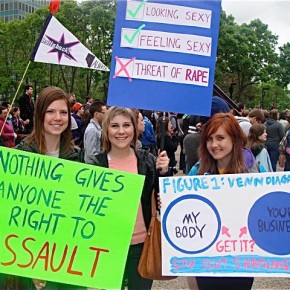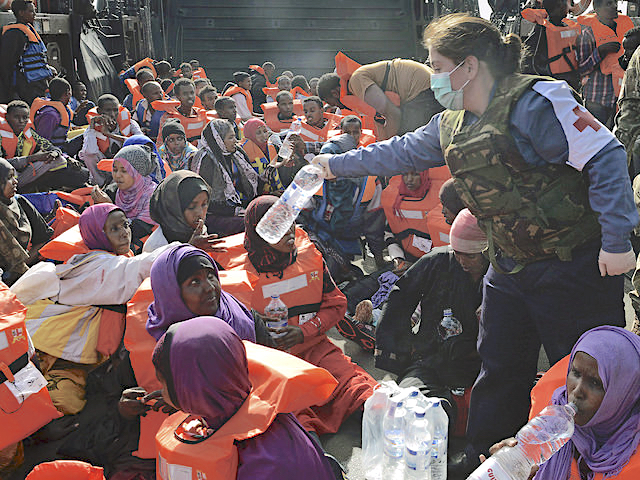Newsstands aren’t what they used to be. Onetime indicators of high circulation periodicals, today, their selection tends towards a combination of promoted titles [think advertising placement, pushing readers online] and community newspapers. Berlin’s newsstands oftentimes lean towards the latter, offering titles in multiple languages, ranging from Albanian to Turkish. Depending on what neighborhood your U-Bahn stop is, the predominant language of the titles on display speaks reams about local, albeit hyperlocal, readership.
If only Newsweek were representative of the reading tastes of this U-Bahn stop’s neighborhood. Heavily slanted towards upper-middle class artists and students from Europe and the United States, one might think The Economist or The Guardian, than this aging American weekly. Commercial placement, perhaps? It’s plausible. The cover story isn’t exactly out of place. Also home to a growing Syrian community, many of whom are refugees from the now three-year old Syrian civil war, there’s still something ‘local’ about it.
Certainly, more than a few Syrians likely saw this cover, en route to other parts of Berlin, and felt acknowledged, however awkwardly, by the periodical. That refugee might have been them. In terms of connecting with local audiences, it’s a rare coup for a publication as foreign, in local environs. For a brief moment, the periodical was native to its local landscape. Few countries, with the exception of Palestine, are as much a subject of local political flyers, and graffiti, as Syria has become in Berlin. It might as well have been in German.
The following flyers, in both English and German, are a good example. Photographed a couple of miles south, they addressed a similarly mixed audience, largely foreign, but not unlikely also German. The idea of posting Missing flyers, for persons lost, if not dead, several thousand miles away, is not only a consciousness-raising act, of conscience, but a statement about Berlin, and the multiple spaces its residents live in – political, geographic, cultural. Why not pitch a Syria themed edition of a declining American news mag?

What makes these flyers work is the way that they play on the idea of ‘missing’. As exemplified by the first photographed here, the journalist in question is not just missing, in a literal sense. He’s dead. We miss him not just in a literal sense, but a figurative one. The war in Syria has deprived us of a good journalist.

No anti-war flyer would be worthwhile if it didn’t point out casualties of a lesser ideological significance than a dead creative. In this part of the series, the focus is on a ‘missing’ child, who was shot for protesting the war. His inclusion adds a time-honored, if not clichéd dimension to the flyer series, as it emphasizes innocence, primarily, though the 7th grader was clearly partisan.

Nothing drives home the brutality of a conflict more than when the killing of medical volunteers is reported. ‘Missing’ since January 2014, this former English teacher was the victim of one of the Syrian Air Force’s infamous barrel bomb attacks – aerial IEDs consisting of barrels filled with explosive materials, oftentimes chemical. Napalm on the cheap, or an efficient way of distributing nails over a wide area. It all depends on what you fill them with.
As programmatic as such flyers tend to be, they’re also their own form of journalism, as competitive, for eyeballs, as their more formal periodical counterparts, like the Syria-themed Newsweek. Viewed together, they form their own media continuum, linked by similar thematic concerns. To experience Syria, this way, from the subway platform, to the city streets, in northeastern Germany, is its own cultural metaphor. It’s about filling in what’s ‘missing’ about our idea of Germany, as much as it is about Syria.
Photographs and commentary courtesy of Joel Schalit.





